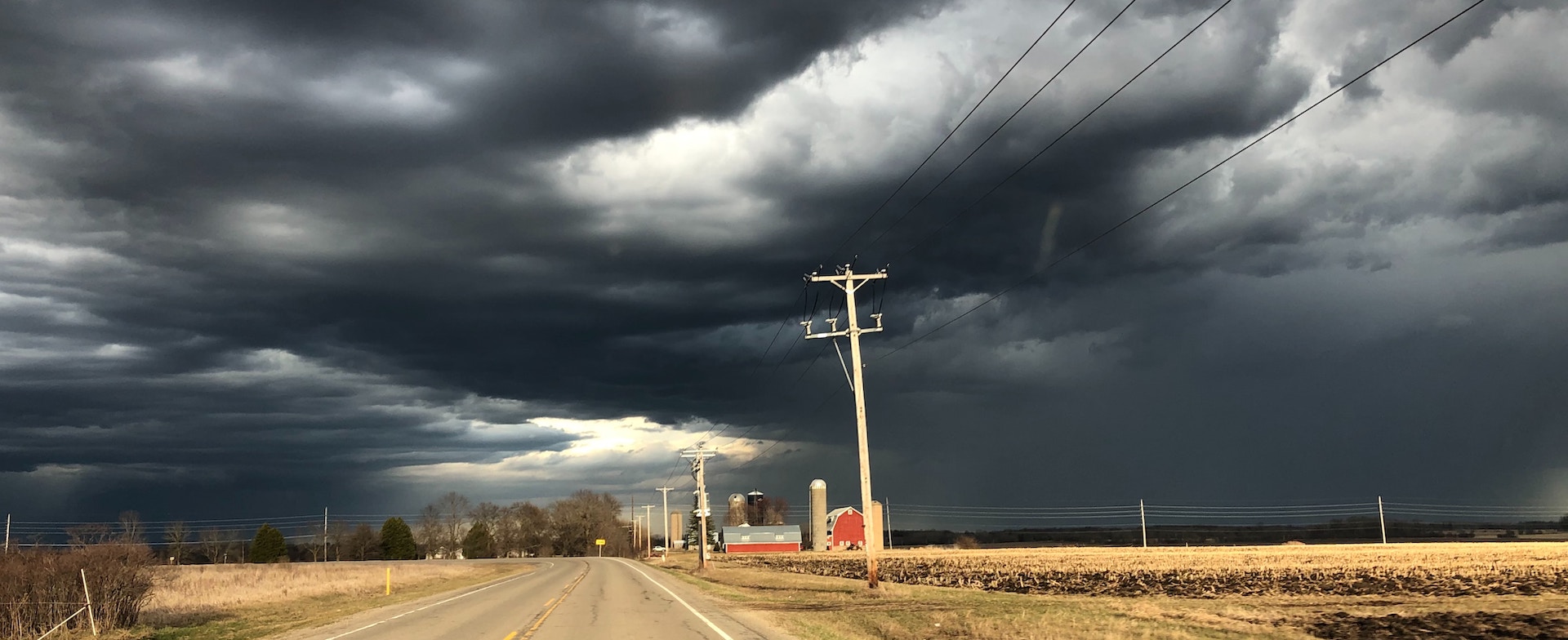On January 21st, Wisconsin Democrats introduced Bill 766 in the Assembly, which requires utilities to assess the social cost of carbon when assessing new projects. While this is not a direct price on carbon that utilities have to pay, it does set a $50 fee per ton of carbon dioxide that participating utilities must consider when establishing new projects, and will take into account the impacts that emitting carbon has on society.
What is the social cost of carbon?
The social cost of carbon stems from traditional economic cost-benefit analysis — a method of weighing the entire economic benefits of something against its costs. Federal proposals are required to conduct this type of analysis ever since Ronald Reagan’s presidency made it law through an executive order in 1981.
Including the social cost of carbon in Reagan’s federal project analysis became mandatory in 2008 when the Center for Biological Diversity took the federal government to court, challenging fuel economy standards they believed did not address the impact of greenhouse gas emissions. The court ruled in favor of the Center for Biological Diversity, and since then, the U.S. government has used the social cost of carbon within its economic analysis of new projects.
Initially, federal agencies used their own standards to develop a social cost on carbon, but during the Obama Administration, this process was standardized through the Interagency Working Group on the Social Cost of Carbon, which developed and continuously reviewed models to accurately predict the price of carbon.
This working group was eliminated by a Trump 2017 executive order. Although most federal agencies are using a similar process to the Interagency Working Group to calculate the price, there are two major differences to the new approach — agencies no longer review the effects U.S emissions will have upon other countries, and the discount rate used for calculations is marginally decreased. The discount rate is the part of cost calculations that determine how important the future costs and benefits of emitting carbon are compared to that of current costs and benefits. This rate has a massive impact on how the cost of carbon is calculated, considering the effects of emissions only get worse over time. Decreasing this rate and viewing the effects only at the domestic level has severely diminished the federal social price of carbon.
Despite this federal setback, 10 states have adopted the social cost of carbon in a variety of ways, which have been successful in ensuring the cost of emissions continues to be reviewed, and have paved the way for the success of renewable energy policies. Washington, Minnesota, and Colorado all have policies similar to the proposed Wisconsin bill, which require utilities to consider the social cost of carbon in project planning through each state’s Public Utilities Commissions. Wisconsin now has the chance to join these states in taking this very crucial consideration into account.
Is considering this cost successful in reducing emissions?
While these policies are not as effective in reducing emissions as putting a true price on carbon and requiring polluting industries to actually pay this price, it does pave the way for further policy, especially in states where passing a carbon price lacks political feasibility at the moment.
Like any carbon price, the social cost of carbon is successful depending upon the design of the policy and the price that is set. The World Bank estimates that in 2020, a carbon price should be set anywhere between $40-$80 per ton of carbon dioxide, but the current federal government’s price is between $1-$6 per ton. Where the price is set is extremely important in determining what types of projects are approved.
If passed, Wisconsin utilities will consider the social cost of carbon to be $50 per ton, in line with World Bank estimates. This price could make it much more difficult for utilities in the state to approve new natural gas plants, and instead incentivizes the use of solar, wind, and other cleaner renewable energy sources. This price could also help increase the use of utility-scale battery storage, which would decrease electricity costs and allow for more efficient use of energy, reducing overall emissions.
Bills that require projects to look at the social cost of carbon are also a segway to eventual carbon pollution pricing legislation, and make the transition towards actually paying that price much easier for businesses. Passing this bill in Wisconsin could do the same, and would also help to meet Wisconsin’s goal of having 100% carbon-free electricity by 2050.
Public support in Wisconsin
Wisconsiners have serious reasons to support policies like this one, as the effects of climate change are already being felt in the state. In January, a severe winter storm caused flooding along the coast of Lake Michigan, causing up to $30 million in damage to public infrastructure. Not only are disasters like these caused by the climate crisis, but the damage was also attributed to the mild nature of Wisconsin’s current winter, a result of warmer global temperatures. Usually, ice builds up along the coast of the lake all winter, and protects the shoreline from intense waves. Without this build-up, coastal infrastructure was much more vulnerable to the storm.
Representative Greta Neubauer, the sponsor of the Wisconsin bill, cited this incident as a reason to pass it, and believes that utilities have to consider costs such as these when they plan to emit more carbon into the atmosphere.
She also thinks that severe weather events are beginning to sway public opinion and increase encouragement for greener policies. “We’ve gotten a lot of public support from around the state … so we know that the public pressure is building,” Neubauer said on the topic. “We know that the time will come in Wisconsin for renewable energy. The question is just whether we take advantage of the opportunity right now to create good jobs and get ahead of this issue.”
Society already pays the price for carbon emissions, and will only have to pay more as the effects of pollution worsen over time. Industries and governments need to account for this when they consider implementing future projects, and passing legislation such as Assembly Bill 766 is a great first step in doing so.
If this is an issue you care about, join our State Carbon Pricing Network and our newsletter to get more information and updates about this bill, and similar legislation, as they move along at the state level.










